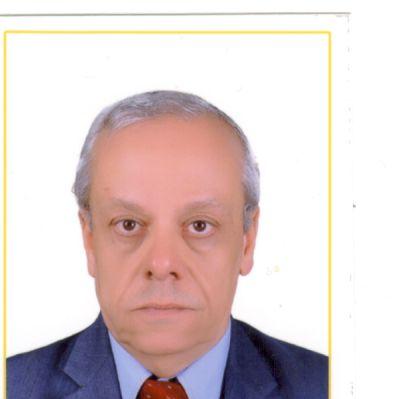Vitiligo is an acquired autoimmune depigmentation of the skin, affecting 2%of the population with great impact on quality of life, which is more devastating in people with skin of color. The most important selection criterion in vitiligo for considering melanocyte keratinocyte transplantation procedure (MKTP) is stability. However, there is no consensus regarding the required period to define clinical stability. Moreover, despite being performed on clinically stable lesions, transplantation is more successful in segmental vitiligo (SV), compared to non segmental (NSV) patients in terms of repigmentation and durability of the response. To investigate this observation, we performed suction blister biopsies on clinically stable vitiligo patients undergoing MKTP divided in 2 groups: SV (n¼7), and NSV (n¼7) and a pibaldism patient as a control. Lesions undergoing surgery were sampled, as well as non lesional skin for comparison. The immune infiltrate was phenotyped by flow cytometry, and levels of in- flammatory cytokines in skin and serum was measured by ELISA. The number of lesional CD8 T cells and their ratio to CD4 were significantly higher in the lesions of NSV group when compared to nonlesional skin, while no increase was present in the SV group. Subtyping analysis of T cells revealed higher resident memory CD8 T cells in lesional skin of NSV group and higher FoxP3+CD4+ T cells in their non lesional skin. Cytokine levels were low in both groups. These findings suggest that the improved surgical responses reported in SV over NSV are due to subclinical instability in the NSV lesions, reflected by an elevated T cell infiltrate. Sampling the lesions of vitiligo patients who are surgical candidates may improve selection of patients for this procedure, and preoperative treatment of lesions with immunosuppressives may improve the outcomes.


